RMS Titanic
Production Time 9 to 10 weeks
Shipment is by FedEx, UPS or DHL International Express Courier with a normal door-to-door delivery time worldwide of within 2-3 business days after dispatch. Due to the current volatility of world fuel prices, the amount mentioned here is our best estimate for DHL and UPS and may be subject to change at the time of shipping.

Model Description: RMS Titanic Wood Replica Scale Custom Model
Manufacturer: Harland and Wolff
$1,950.00
Production Time 9 to 10 weeks
-
United States dollar ($)
-
Pound sterling (£)
-
Euro (€)
-
Australian dollar ($)
-
Canadian dollar ($)
-
Singapore dollar ($)
-
Swiss franc (CHF)
-
Japanese yen (¥)
-
Danish krone (kr.)
-
Hong Kong dollar ($)
-
Norwegian krone (kr)
-
Swedish krona (kr)
-
United Arab Emirates dirham (د.إ)
General Product Description
Our PlaneArts RMS Titanic replica exhibits unique, unrivaled quality and detailed design to come as close as possible to the accuracy of the actual craft. It comes as standard with a robust, durable base or stand which is available in a variety of different finishes designed to match your own personal requirements including solid wood, wood with polished metal supports or adjustable wood wall mount and will be ready within about 8-10 weeks from placement of order.
The RMS Titanic model is made of the finest kiln dried renewable mahogany wood (commonly known as Lauan or Meranti) which has undergone many stages of carving and meticulous and careful sanding giving the beautiful, finished museum quality masterpiece. Many collectors and model connoisseurs demonstrate their preference for genuine handmade and hand painted mahogany wood models rather than plastic or die cast (diecast) alternatives due to the overall look and totally different feel of the item - we trust you will find the same. We can however, if required produce the same model in Solid Cast Resin so just click and contact us for further information. Our craftsmen and gifted artisans ensure that our finely handcrafted model watercraft match the precise blueprint details of the original version. The paint scheme, markings and parts are closely matched, reflecting the original. This stylish top-quality desktop replica model will surely enthrall anyone who receives this as a gift and for sure one of the most appropriate and desirably collectable gifts for any boat, ship or similar enthusiast and avid collector whilst also displaying a perfect resemblance to the actual craft itself.
If you require, we can also make this model in any other private livery, markings or colour scheme you require and if necessary, in a different size or scale. Just click here to contact us with a description or photographs of what you require and we will let you have a quotation for the necessary customization by return email. We can also make bespoke scale replicas of any other private / civil commercial airliner or airliners, helicopter, glider, gliders with engines, military jet, warplane jets, propeller warplanes, biplane, triplane, tail fin, spacecraft, rocket or NASA model you require in any airline, military or civilian livery or colors. We also produce boat and ship collectibles. Wall plaque or seal for military, government or private customers. Again, by clicking here to contact us just let us know exactly what you need.
The Tragedy of RMS Titanic: A Historical Overview
The RMS Titanic, a symbol of technological ambition and tragic fate, remains one of the most poignant disasters in maritime history. Conceived in the early 20th century, the Titanic was built by Harland and Wolff in Belfast for the White Star Line, with the intent of being the largest, most luxurious ship ever built. Its design boasted advanced safety features, including watertight compartments and electronic watertight doors, underscoring its reputation as “unsinkable.”
Construction and Specifications:
Construction of the Titanic began on March 31, 1909. At 882 feet long and 92 feet wide, and with a gross tonnage of 46,328 tons, the Titanic was the largest ship afloat at the time of her maiden voyage. She could accommodate over 2,400 passengers and approximately 900 crew members. The ship featured lavish interiors inspired by the Ritz hotel in London, aiming to provide the pinnacle of comfort and luxury.
Maiden Voyage:
The Titanic set sail on her maiden voyage from Southampton, England, to New York City on April 10, 1912. Captained by Edward J. Smith, the ship carried some of the wealthiest people in the world, as well as hundreds of emigrants from Europe seeking a new life in America. The voyage was marked by an air of celebration and confidence, reflective of the Edwardian era’s faith in industrial progress.
The Iceberg and Sinking:
The catastrophe unfolded late on the night of April 14, 1912. Despite receiving multiple iceberg warnings, the ship’s course remained unchanged. At 11:40 PM, lookout Frederick Fleet spotted an iceberg directly in the ship’s path. Despite immediate action to turn the ship, it was too late; the Titanic struck the iceberg on her starboard side, causing fatal damage.
Water quickly flooded the Titanic’s watertight compartments, and the ship began to sink bow-first. The design flaws became apparent: there were not enough lifeboats for all passengers due to outdated maritime safety regulations, and the watertight compartments did not extend high enough to prevent water from spilling from one to the next.
Rescue and Aftermath:
The nearby RMS Carpathia arrived approximately two hours after the Titanic sank, rescuing over 700 survivors from lifeboats. The disaster resulted in the deaths of more than 1,500 people, making it one of the deadliest peacetime maritime disasters in history.
The sinking of the Titanic had far-reaching effects on maritime law, leading to changes in safety practices, lifeboat requirements, and ice patrol procedures. The International Convention for the Safety of Life at Sea (SOLAS) was established in 1914, which continues to govern maritime safety today.
Legacy:
Over a century later, the story of the Titanic continues to captivate the imagination of people around the world. Its story has been retold through books, films, and exhibitions, highlighting the human stories intertwined with the disaster. The wreck of the Titanic, discovered in 1985 by Robert Ballard, lies at a depth of about 12,500 feet in the North Atlantic, serving as a somber monument to those lost in the tragedy.
The RMS Titanic remains a lasting lesson on the limits of human hubris and the timeless importance of safety over opulence in engineering endeavors. Its story, a blend of human ambition and frailty, continues to resonate as a reminder of the unpredictability of life and the importance of respecting nature’s power.
| Weight | 6 kg |
|---|---|
| Dimensions | 36 in |

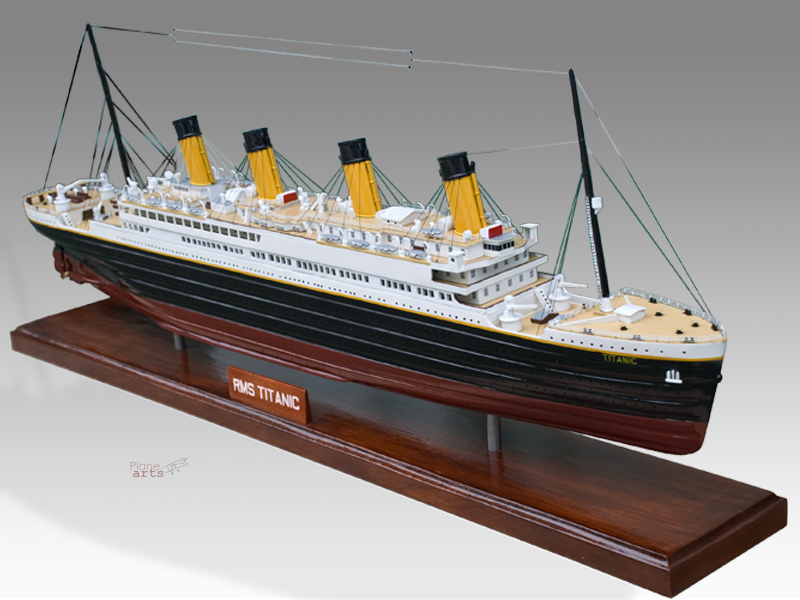
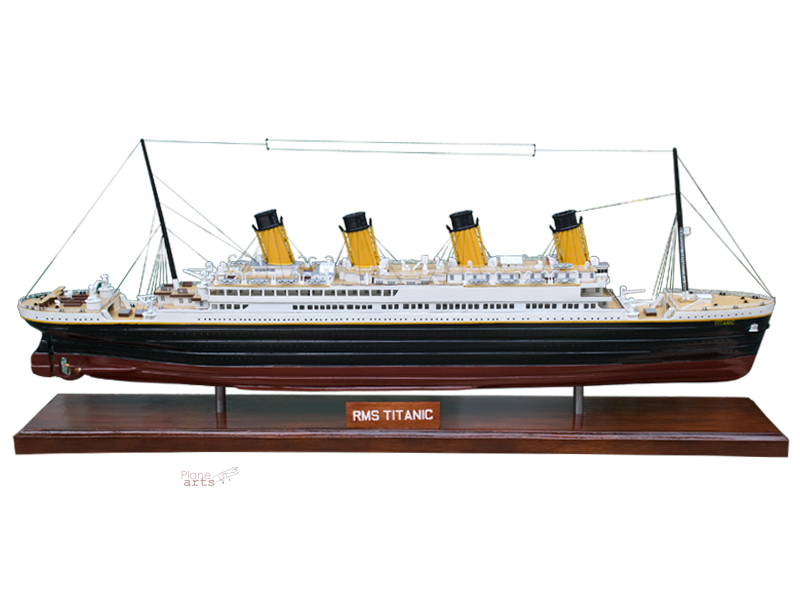
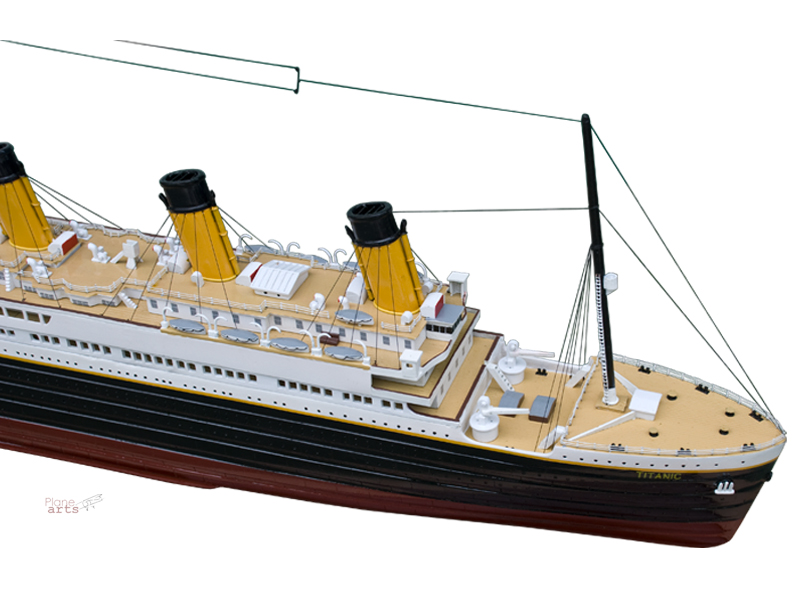
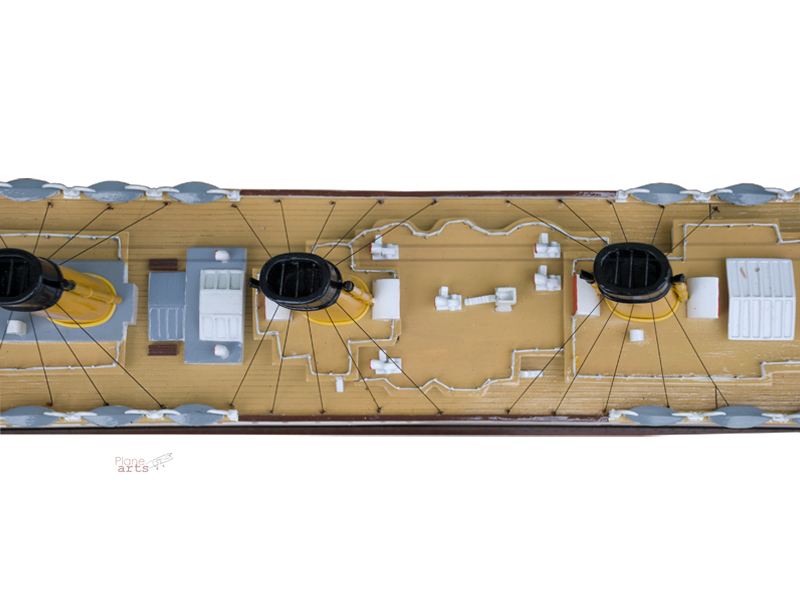

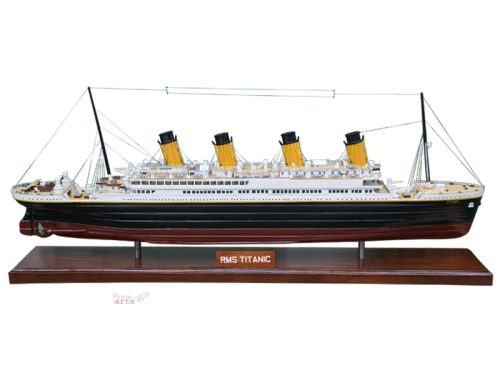
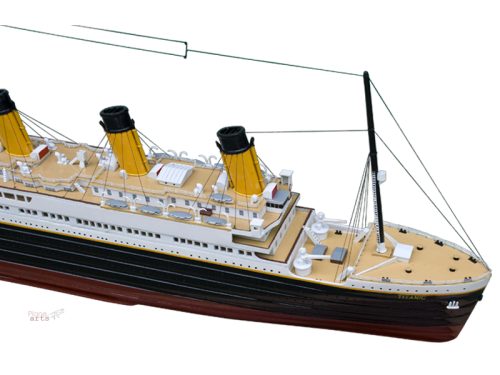
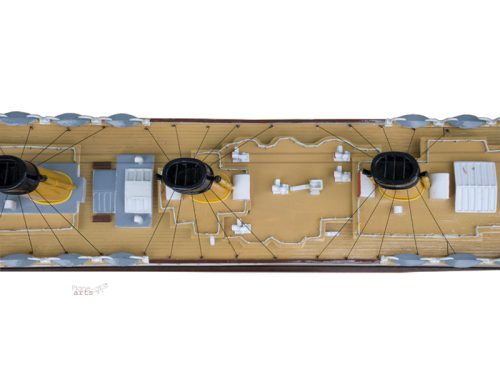

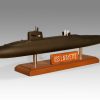
Reviews
There are no reviews yet.